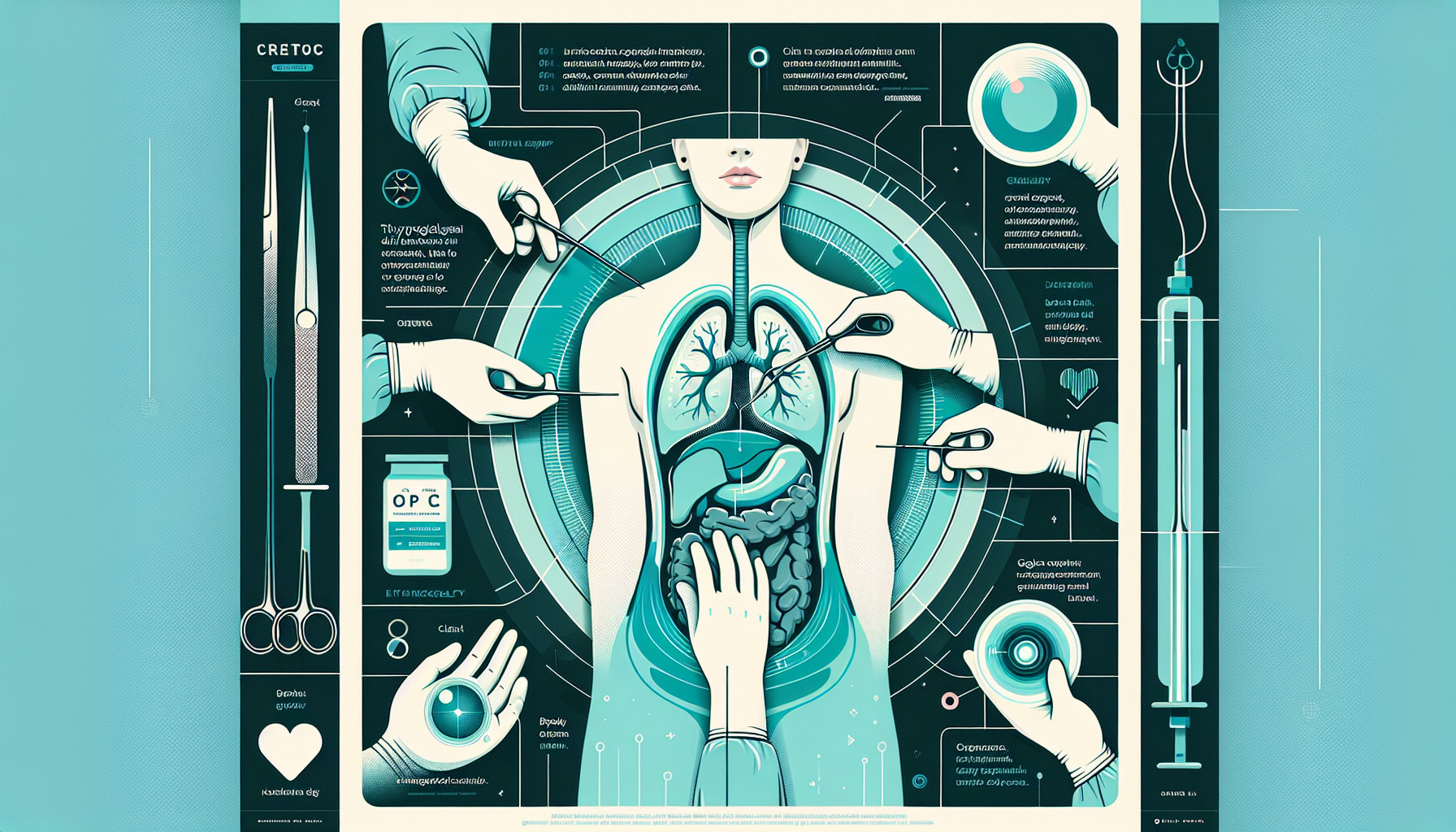Our Summary
This research paper is about a six-year-old boy who was having symptoms of obstructive sleep apnea, a condition that causes pauses in breathing during sleep. Doctors discovered a lump in the middle of his tongue that they suspected was a lingual thyroglossal duct cyst (TGDC), a rare type of benign (non-cancerous) cyst. After further tests, they confirmed that the lump was, indeed, a TGDC and was functioning like normal thyroid tissue.
To treat this, the doctors used a surgical robot to remove the lump from the boy’s tongue without having to remove any other structures in the area. The boy was taken off the breathing machine at the end of the surgery. He was then able to eat soft foods, stayed overnight in the ICU without any complications, and was sent home the next day.
The tests done after the surgery confirmed that the lump was a TGDC. The boy has been doing well for eleven months since the surgery with no reported problems.
This case adds to the limited research available on performing this kind of surgery in children, showing that if the circumstances are right, the patient can recover quickly from the surgery, be discharged promptly, and remain well for a long time.
FAQs
- What is a thyroglossal duct cyst (TGDC) and how is it diagnosed?
- How is a thyroglossal duct cyst (TGDC) removed surgically?
- What is the recovery process like after thyroglossal duct cyst (TGDC) removal surgery?
Doctor’s Tip
One helpful tip a doctor might tell a patient about thyroglossal duct cyst removal is to follow post-operative care instructions carefully. This may include keeping the incision site clean and dry, avoiding strenuous activities that could strain the surgical area, and taking prescribed medications as directed. It is also important to attend follow-up appointments to monitor healing and address any concerns or complications that may arise.
Suitable For
Patients who are typically recommended for thyroglossal duct cyst removal are those who present with symptoms such as obstructive sleep apnea, difficulty swallowing or breathing, or a visible mass in the midline of the neck or tongue. In the case described above, the patient was a six-year-old child with a lingual thyroglossal duct cyst causing obstructive sleep apnea. It is important for patients to undergo workup to confirm the presence of functional thyroid tissue before surgery to prevent complications such as hypothyroidism. Surgery may be recommended to remove the cyst and prevent further complications or symptoms.
Timeline
- Initial presentation of symptoms of obstructive sleep apnea in a six-year-old boy
- Workup confirms the presence of lingual thyroglossal duct cyst
- Surgery scheduled after confirming the presence of functional, orthotopic thyroid tissue
- Surgical robot used to excise the mass endoscopically without removing any hyoid
- Patient extubated at the conclusion of the case
- Patient tolerates a soft diet and is discharged after an uneventful overnight stay in the ICU
- Pathology confirms thyroglossal duct cyst
- Eleven months of follow-up show no reported issues
What to Ask Your Doctor
- What is a thyroglossal duct cyst and why does it need to be removed?
- What are the risks and complications associated with thyroglossal duct cyst removal surgery?
- What type of anesthesia will be used for the surgery?
- How long will the surgery take and what is the expected recovery time?
- Will there be any scarring or long-term effects from the surgery?
- Will I need to follow any specific post-operative care instructions?
- How will my swallowing and speech be affected after the surgery?
- Will I need any additional follow-up appointments or tests after the surgery?
- Are there any dietary restrictions I should follow after the surgery?
- What are the chances of the cyst recurring after removal?
Reference
Authors: Carroll DJ, Byrd JK, Harris GF. Journal: Int J Pediatr Otorhinolaryngol. 2016 Sep;88:109-12. doi: 10.1016/j.ijporl.2016.06.038. Epub 2016 Jul 1. PMID: 27497396
